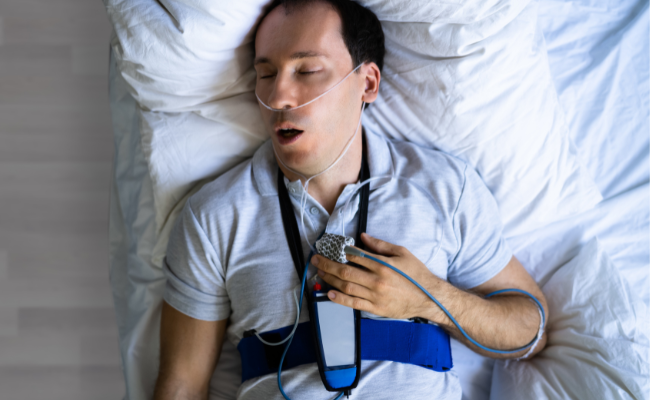How to Treat Conscious Disorders?
- December 03, 2023
- No Comments

What is Conscious Disorders?
Disorders of consciousness, commonly known as disorders of consciousness (DOC), constitute a broad spectrum of conditions impacting an individual's awareness, wakefulness, and overall consciousness. This category encompasses disturbances in the normal functioning of the brain, resulting in a diminished or altered level of consciousness. The term impaired consciousness is also used to describe this state, signifying a condition where damage to the brain disrupts the regular functioning of awareness.
The intricacies of consciousness involve a dual interplay of wakefulness and awareness. Wakefulness is characterized by the fundamental ability to open one's eyes and engage in basic reflex actions like coughing, swallowing, and sucking. In contrast, awareness delves into more complex cognitive processes, posing challenges in evaluation. Currently, the assessment of awareness relies on detecting physical responses observed during a thorough examination.
Within this realm, primary categories of disorders of consciousness include coma, vegetative state, and minimally conscious state. Each category represents a distinctive manifestation of compromised consciousness, highlighting the intricate nature of these conditions. The essential takeaway emphasizes the critical necessity for nuanced medical assessments to comprehensively understand and address disorders impacting consciousness.
Why Do Conscious Disorders Occur?
Conscious disorders can result from various underlying causes, with the most common being traumatic brain injuries, strokes, infections affecting the brain, and degenerative neurological conditions. These events disrupt the intricate network of neural connections responsible for maintaining consciousness. For instance, a severe blow to the head can cause direct damage to brain tissues, affecting the brain's ability to generate and regulate consciousness.
How to Identify Conscious Disorders?
Identifying conscious disorders is a complex process that requires specialized medical assessment. Healthcare professionals use a combination of clinical examinations and advanced diagnostic tools to evaluate the patient's level of consciousness accurately. Coma, the most profound state of unconsciousness, is characterized by the absence of wakefulness and awareness. Vegetative state, on the other hand, involves preserved wakefulness but a lack of awareness. Minimally conscious state is an intermediate stage where there is some degree of awareness but limited responsiveness.
Treatment Solutions for Conscious Disorders
The treatment of conscious disorders is multifaceted and often depends on the underlying cause and severity of the condition. Early intervention is crucial to optimize the chances of recovery.
- Medical Stabilization: The initial focus is on stabilizing the patient's medical condition. This may involve addressing any trauma, managing infections, and ensuring adequate oxygen and blood supply to the brain.
- Rehabilitation Therapies: Rehabilitation plays a pivotal role in treating conscious disorders. Physical, occupational, and speech therapies are tailored to the individual's needs, aiming to improve motor function, communication skills, and overall quality of life. These therapies stimulate neuroplasticity, encouraging the brain to adapt and reorganize itself to enhance function.
- Pharmacological Interventions: Medications may be prescribed to manage symptoms, alleviate pain, or address specific issues related to consciousness disorders. However, there is no one-size-fits-all approach, and drug therapy is often individualized based on the patient's condition.
- Technological Advancements: Emerging technologies, such as brain-computer interfaces and neuromodulation techniques, show promise in the treatment of conscious disorders. These innovations aim to stimulate neural pathways or directly interface with the brain to restore or enhance consciousness.
Benefits of Addressing Conscious Disorders
- Improved Quality of Life: Effective treatment and rehabilitation can significantly improve the quality of life for individuals with conscious disorders. Even modest gains in consciousness and functionality can have a profound impact on a person's well-being.
- Enhanced Communication: Rehabilitation efforts often focus on improving communication skills in individuals with conscious disorders. This can involve augmentative and alternative communication methods, allowing patients to express their needs and preferences.
- Increased Independence: By addressing motor function and cognitive abilities, treatment plans aim to promote independence in daily activities. This may involve regaining the ability to perform simple tasks, such as feeding oneself or using assistive devices.
- Support for Caregivers: Treating conscious disorders not only benefits the affected individuals but also provides support for caregivers. As patients regain functionality, the burden on caregivers may be alleviated, fostering a more sustainable and supportive care environment.
Comments (0)